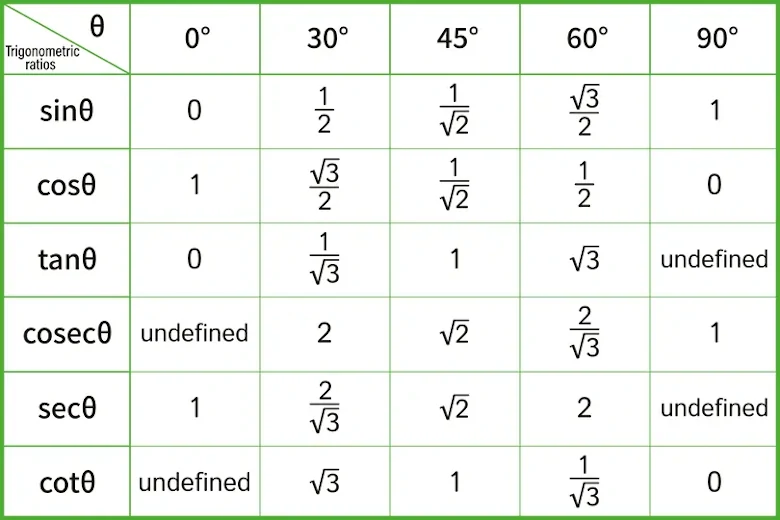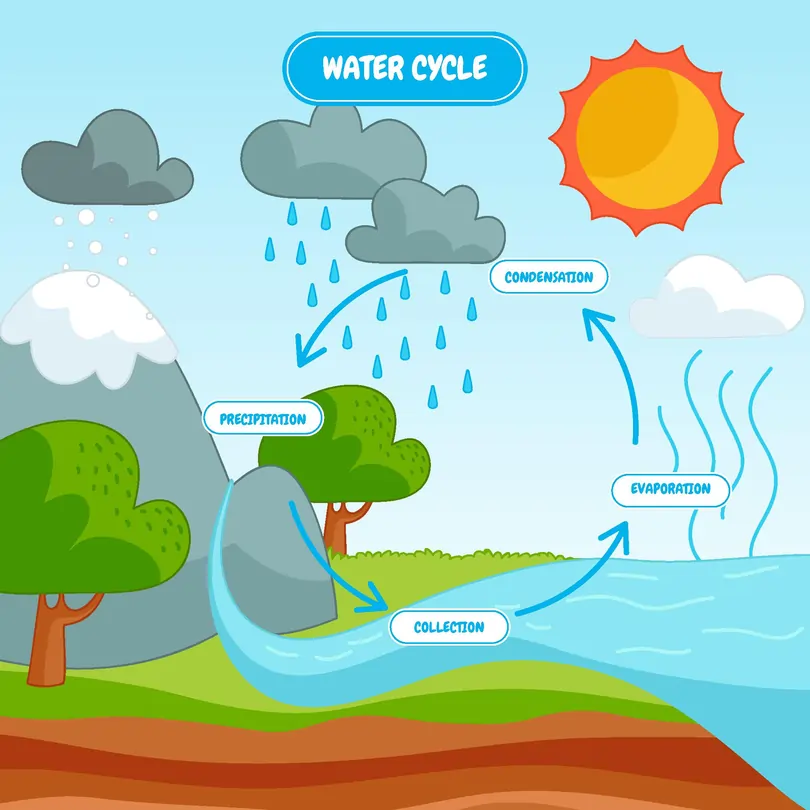Choosing between combined and pure physics: Does easier content equal easier grades?
- Tags:
- Physics

Combining physics with another subject or taking it as a standalone class can be a difficult decision for secondary students.
The choice between combined science and pure physics depends on the student's interest, dedication, and goals. Many students find that combined science is more suited to their needs, as it allows them to explore the theories of physics while giving them space to branch into other related fields. Pure physics, meanwhile, provides a more in-depth exploration of the subject matter but may be too rigorous for those who are looking for just an overview. Ultimately, it is up to each individual student to decide which path they wish to take - one that will best help them realise their academic goals and dreams.
Combined science vs. pure physics: Is one easier than the other?
Many students may mistakenly think that taking a combined science course is less academically demanding than taking pure physics, in terms of both the level of difficulty as well as the amount of conceptual work involved. However, it is important to recognise that this is not the case and we should be mindful not to make such incorrect assumptions.
The combined physics syllabus covers 75% of what pure physics covers, so there's less material to learn and understand. However, this doesn't necessarily mean that combined physics is an easier subject to get high scores in.
Key differences between combined and pure physics: exam weightage
Combined physics is made up of both physics and another science subject of your choice (graded together), while pure physics is a standalone subject (graded individually). For instance, if you opt for combined science with Chemistry and physics, you'll take separate papers for both Chemistry and physics, and your final grade will be an average of the two. So, even if you score an A1 in physics but a C6 in Chemistry, your final grade would be around a B3 or B4.
In terms of the exam structure, both pure physics and combined science have similar components: Multiple Choice Questions (MCQs), Structured Questions, and Practical Assessment (Lab). The questions in combined science tend to be less complex and demanding, making it slightly easier for students to earn marks.
However, if physics is your strong suit, then going for pure physics is a good idea, as your overall grade will be based on your physics performance alone. In this case, your score will be dependent on your strongest subject i.e. physics.
On the other hand, if physics isn't your strong suit, choosing combined science can be a smart choice because you'll have another science subject (Biology or Chemistry) to balance out the impact of the physics component. Similarly, if you don't do well in the physics paper, the other science paper can potentially boost your overall grade, which isn't the case in pure physics.
Learning one subject vs. learning two
Having less content doesn't guarantee better grades; it just means the paper is less content-heavy. In terms of time management, you're essentially preparing for exams in TWO subjects to earn a grade of ONE subject.
It's crucial to not only focus on the difference in content difficulty between combined and pure physics but also consider how manageable and harmonious the combination of two subjects is in the case of combined science. If you're leaning towards pure physics, factor in the time needed to handle the longer, more in-depth content.
In short, don't fall into the misconception that combined science is easier than pure physics. The reality is more nuanced, and your choice should align with your strengths, weaknesses, and time management skills.


 SG
SG  VN
VN 


















